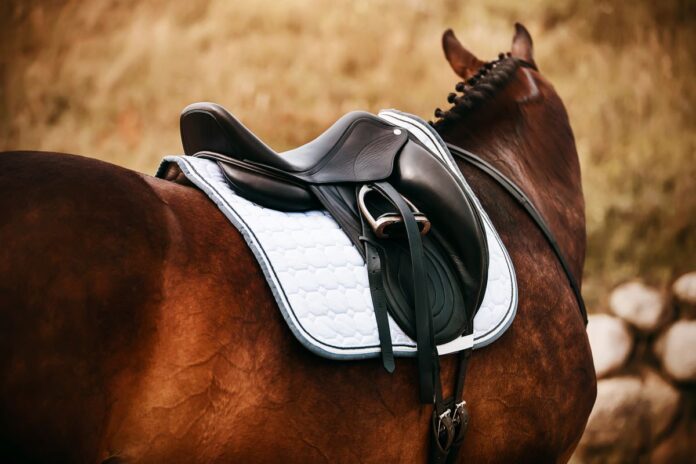
Study gives useful insight for fitters to explore with clients.
Flatter-shaped saddles may better fit horses that spend most of their ridden time in motion, researchers have discovered.
The new study by the Royal Veterinary College (RVC) and University of Southampton was funded by the Worshipful Company of Saddlers.
The team found that horses’ backs become much flatter during movement compared with when stood still. Therefore, fitting saddles to a stationary horse may not be the best way to support weight distribution when the horse is moving, they say.
Researchers used cameras to measure the saddle region of five horses' backs while standing, walking and trotting, recording the differences in curvature. Their observations were then verified using a laser-scanned, life-sized model horse.
It was found that the saddle region remained relatively stable during movement with only minor changes of a few millimetres. So deformable padding in saddle panels is likely sufficient to accommodate these small variations.
The findings also highlighted the importance of withers clearance as this area was seen to be highly mobile.
Next, researchers want to measure how horses’ backs change in canter and gallop, plus the impact of a rider’s weight.
“Now the exciting question is ‘do we improve upon the [saddle] design by fitting to the moving animal?’ and, if so, what’s the best way of making that technique accessible,” says Dr Jorn Cheney, lecturer in natural sciences at the University of Southampton.
Catherine Morris, trade, equestrian and charities advisor at the Saddlers’ Company, added: “This study offers valuable insight, and the findings will support fitters to have more impactful conversations with clients about maintaining optimal saddle fit.
“Understanding a horse's back in movement and how it changes with factors like gait, load, fitness, and training is critical for achieving effective and comfortable fit for horse and rider.”
















